Discussing U.S. Iran policy on April 19, U.S. Secretary of State Rex Tillerson drew on familiar lines of attack against the nuclear deal. One was to equate Iran with North Korea, arguing: “an unchecked Iran has the potential to travel the same path as North Korea, and take the world along with it.” This is a curious argument for Tillerson to make one day after he certified Iranian compliance with the Joint Comprehensive Plan of Action (JCPOA), which demonstrated that Iran’s nuclear program is—in fact—checked.
More importantly, the reference to North Korea is misleading: Both the JCPOA and the Agreed Framework were designed to curb a nation’s nuclear program, but the agreements differ profoundly in scope and effects, targeting distinctly dissimilar countries and circumstances. The fate of the Agreed Framework does not predict the future of the JCPOA; indeed, the shortcomings of the Agreed Framework highlight the strengths of the JCPOA.
Different Circumstances
The most important distinction is the starting point for diplomacy with each country. When the Agreed Framework was negotiated, North Korea was already believed to possess enough plutonium for one to two nuclear weapons. U.S. requirements for the outcome of the Agreed Framework were different than with Iran, which possessed no nuclear weapons. The argument for necessity was easier, even if an agreement that requires a sovereign nation to forfeit an existing military capability is more challenging to negotiate (and perhaps less effective in the long run if strategic circumstances change).
Another key difference is that Iran is not the isolated, juche-indoctrinated country that North Korea is. Iran’s economy needs markets for oil exports, and depends on imports of commercial and industrial goods. Consequently, Iran’s benefits under the JCPOA—sanctions relief and trade—create incentives for continuing compliance. As long as the deal remains intact, Iran’s economy will rebuild trade ties around the world that are susceptible to pressure from sanctions. Sanctions are what brought Iran to the negotiating table, and the prospect of economic benefits are the single biggest guarantor of Iranian compliance with the deal. The United States did not have that kind of leverage to enforce the Agreed Framework with North Korea.
Different Agreements
A glance at the texts of the two deals underscores the markedly different approaches that were taken. The Agreed Framework is short and simple; the JCPOA is long, dense, and in some places, even somewhat redundant. Years of additional experience—including efforts to implement the Agreed Framework—informed the drafting of the JCPOA. U.S. negotiators sought to close every foreseeable loophole, manage every nuance in language, and create a common interpretation of the most important clauses. We even sought to lock in denial of activities that Iran was not pursuing at the time we completed the negotiations.
The simultaneous breadth and specificity of the JCPOA reflected one the lessons of the Agreed Framework: the risks of imprecision. The Agreed Framework precluded uranium enrichment only by reference to a prohibition in another document that both sides pledged to implement. North Korea pursued enrichment clandestinely, which suggests the absence of an explicit prohibition might have encouraged Pyongyang to push the envelope. Similar differences of interpretation related to space-launch vehicles eventually led to a collapse of the 2012 Leap Day agreement with North Korea. With Iran, U.S. negotiators were determined to prevent such issues from being “subject to interpretation” (or misinterpretation). In over 100 pages of text, the JCPOA details what Iran can and cannot do, reducing the risk of ambiguities and future crises.
The JCPOA also anticipates disputes better than the Agreed Framework. The JCPOA details dispute resolution mechanisms and a clear enunciation of the consequences of cheating. JCPOA negotiators built into the deal a mechanism for the snap-back of U.N. Security Council sanctions if even one permanent U.N. Security Council member believes Iran is guilty of “significant non-performance” of its JCPOA commitments. The Agreed Framework, by contrast, set forth general commitments but did not provide for dispute resolution or clear consequences if North Korea violated the deal.
Finally, a critical distinction between the two nuclear deals lies in the verification measures. Pursuant to the JCPOA, Iran accepted an indefinite legal obligation to implement the Additional Protocol—the gold standard for IAEA verification. Further, the additional transparency measures required under the JCPOA go much further: For 20 to 25 years, Iran will be subject to monitoring of centrifuge parts, materials, and R&D activities to a degree that is unprecedented in a negotiated agreement. By contrast, the Agreed Framework relied upon the basic IAEA safeguards and pre-dated the Additional Protocol. (Basic IAEA safeguards require inspections at all declared nuclear facilities in all states that joined the Nuclear Nonproliferation Treaty. The Additional Protocol, by contrast, expands the powers of the IAEA to investigate undeclared nuclear activities, among other things.)
In sum, even if Iran wanted to cheat under the JCPOA as North Korea did under the Agreed Framework, the more detailed restrictions and expansive transparency measures under the JCPOA create greater impediments than was the case under the Agreed Framework. As administration officials testified repeatedly, the JCPOA was not negotiated on the basis of “trust.”
Learning from History
None of this should be taken as gratuitous sniping at Agreed Framework drafters or a hubristic celebration of the JCPOA. We may yet identify unforeseen problems with the JCPOA, and the implementation problems that have already emerged underscore that it is not a perfect agreement. (It is of course true that, under the JCPOA, Iran would eventually be free to pursue uranium enrichment and other nuclear fuel cycle activities without restrictions. This is a separate problem that also needs to be addressed in the years to come; Richard, along with Bob Einhorn, has elsewhere urged consideration of a long-term, follow-on agreement with region-wide restrictions.)
[T]he differences between the JCPOA and the Agreed Framework underscore that the JCPOA built on the successes and failures of the negotiations that preceded it.
Still, the differences between the JCPOA and the Agreed Framework underscore that the JCPOA built on the successes and failures of the negotiations that preceded it. Participants in the talks included veterans of the North Korea process, among others. U.S. negotiators reviewed the history of other negotiations, such as those that led to the dismantlement of the Libyan nuclear weapons program in 2003 and 2004. Negotiating teams mined the history of other proliferation problems and expectations for future technology development in an effort to avoid loopholes. And they focused on the nuclear supply chain, leading to creation of a procurement channel managed by the U.N. Security Council.
The JCPOA is simply not the Agreed Framework, and the former is stronger because it draws on the experience of the latter. It improves upon that model in significant ways, through increased specificity, enhanced verification, and taking into account the fundamental differences between Iran and North Korea. The JCPOA is not perfect, but—as the recent certification of Iranian compliance shows—it is achieving what it set out to do.
The Brookings Institution is committed to quality, independence, and impact.
We are supported by a diverse array of funders. In line with our values and policies, each Brookings publication represents the sole views of its author(s).

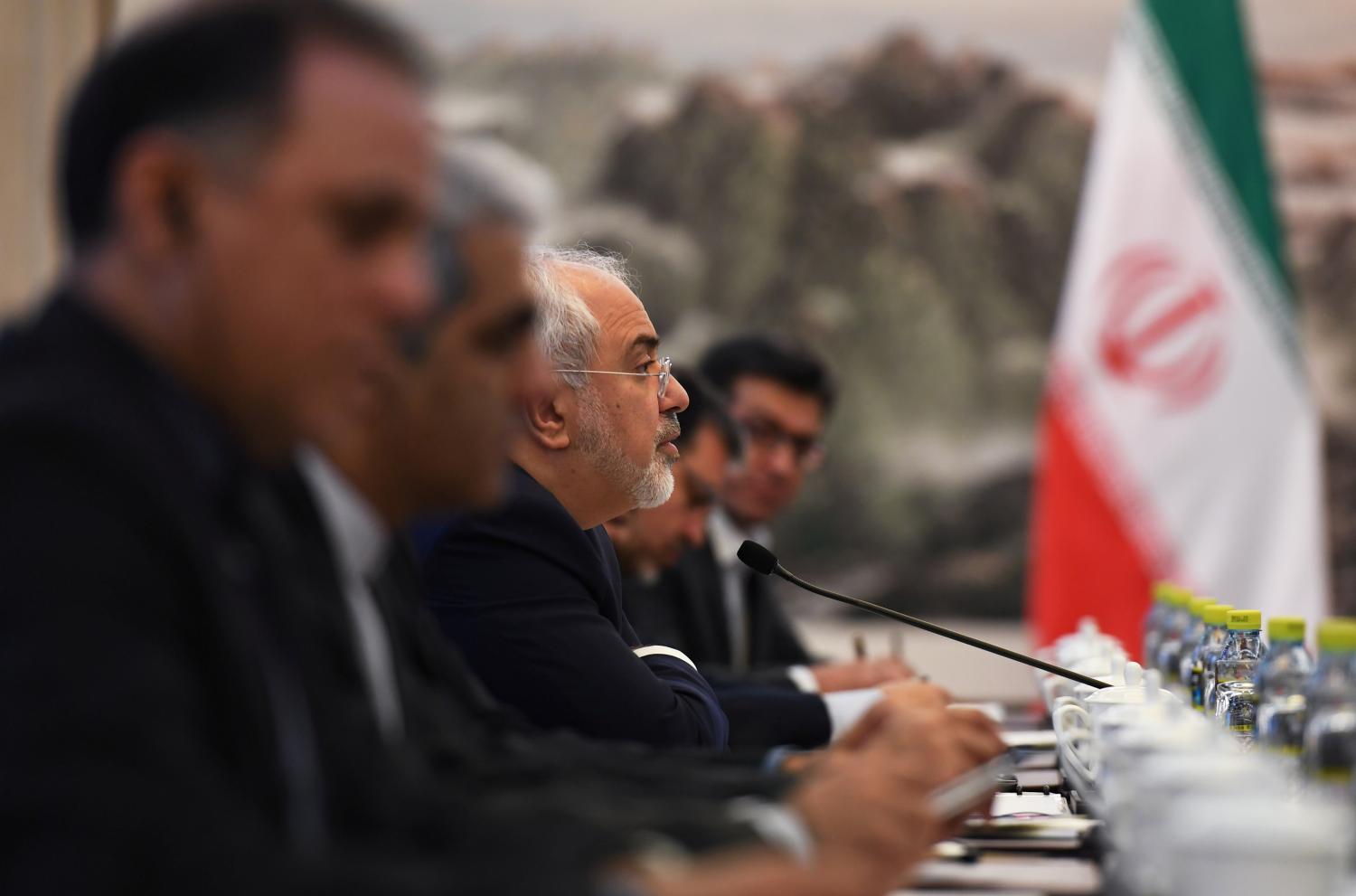
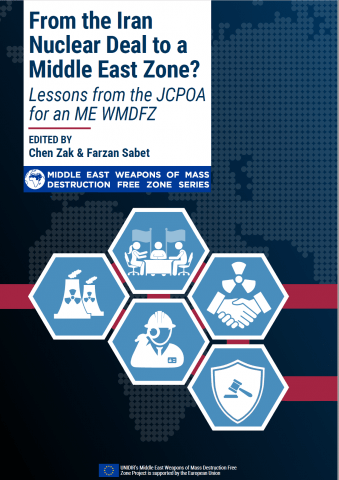

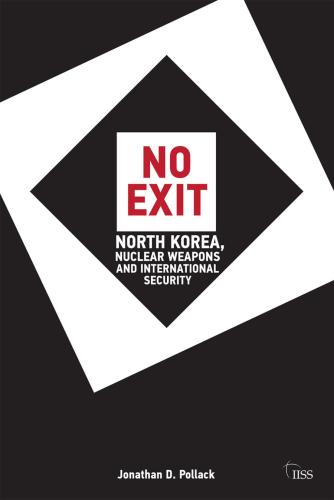
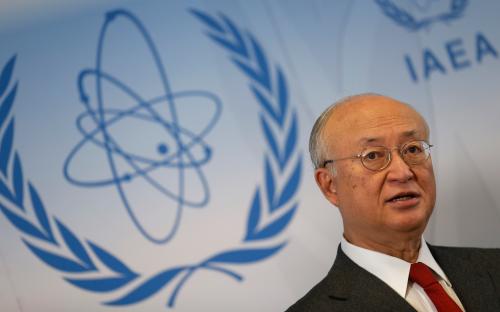
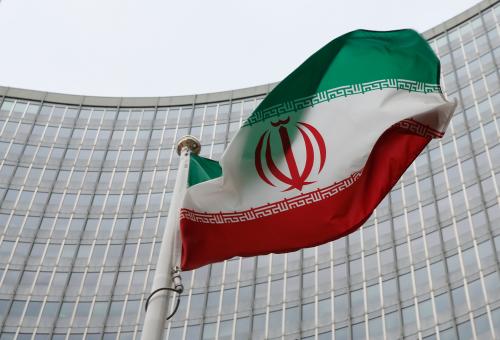
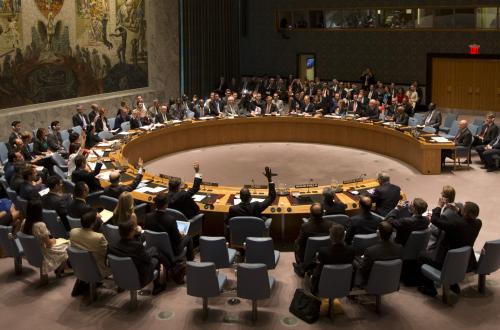




Commentary
Why the North Korea nuclear agreement is not a precedent for Iran
April 26, 2017